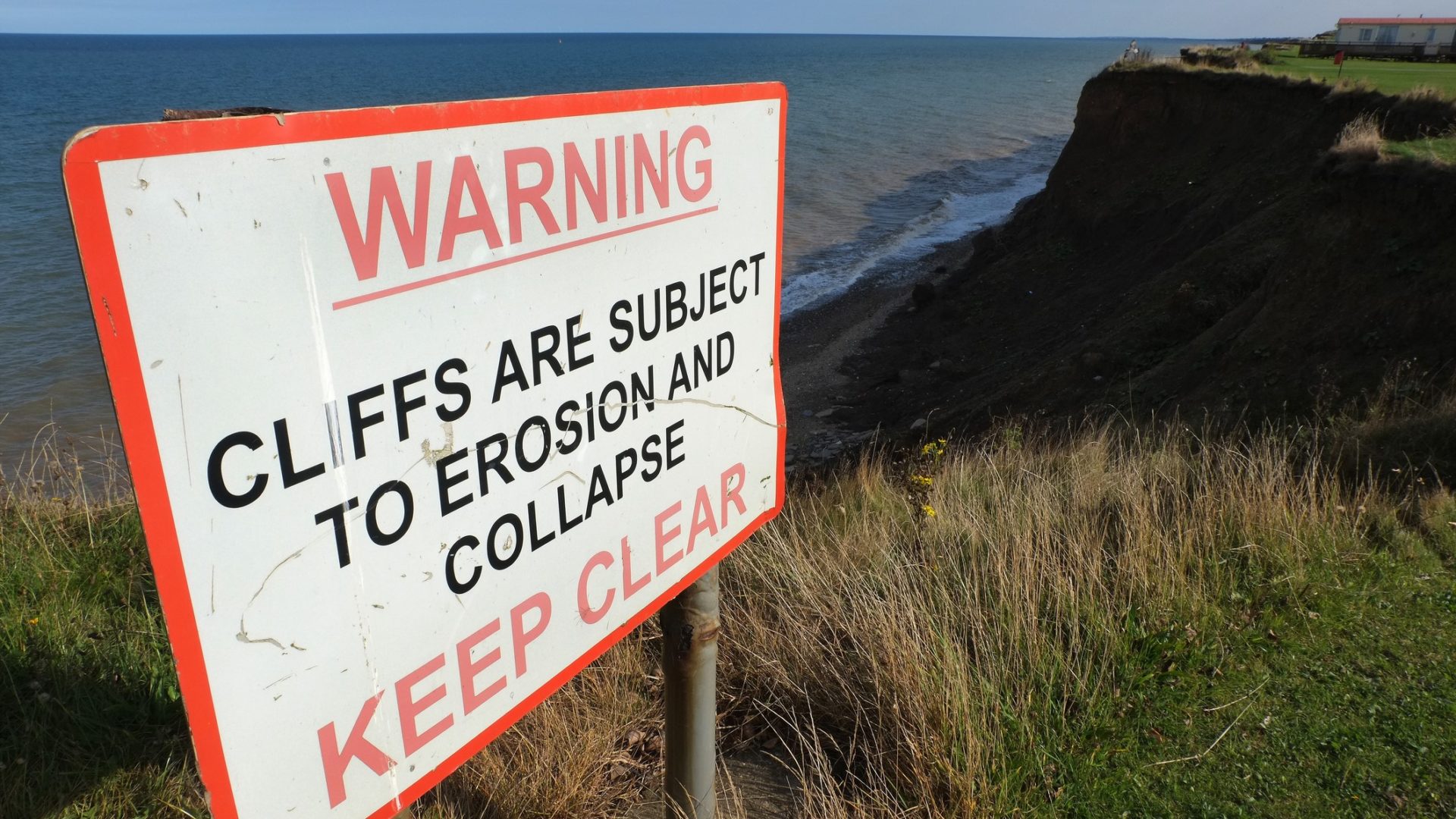As waves and storms steadily erode parts of the UK coastline, John Rodgman examines how various coastal engineering techniques can mitigate these challenges.

The dramatic landslip near West Bay in Dorset last month was a reminder that some areas of the UK’s coastline are highly susceptible to erosion.
While the vast majority of our 31,368km of coast has remained largely unchanged over the past few centuries, in counties like Norfolk, Suffolk and Dorset, the cliffs are retreating at an alarming rate.
With climate change, coastal erosion has emerged as a pressing concern for communities around the world, posing significant threats to property, infrastructure and natural habitats.
To preserve the future of the UK’s coastline and coastal communities globally, innovative engineering must come into play.
Technical challenges of coastal erosion
Coastal erosion – the gradual weakening of land due to natural forces, such as waves, currents and storm surges – has become a more pressing concern due to rising sea levels and more frequent storms from climate change, which dramatically speed up the rate of erosion.
Coastal engineering grapples with various multifaceted challenges to delicately counteract erosion. Powerful waves erode shorelines by carrying away sediments through longshore drift, rising sea levels intensify the rate of erosion, and coastal structures must withstand the corrosiveness of saltwater, as well as the impact of waves.
Any defence structures must consider wave patterns, sediment transport, and long-term structural stability, with suitable materials and techniques selected to enhance durability. Additionally, with the rate of erosion unlikely to slow any time soon, adaptive designs and repairs must be able to accommodate future shifts in the aforementioned factors.
How coastal engineering helps
Coastal engineering tackles these issues head on with the use of various strategies, including, but not limited to:
- Breakwaters and seawalls: Both breakwaters (submerged or partially submerged barriers) and seawalls (vertical barriers or embankments parallel to the shoreline) help protect against erosion by dissipating wave energy.
- Beach nourishment: This practice involves adding sand and sediment to eroded beaches to compensate for natural erosion and longshore drift, protecting the area against storm surges and compensating for natural erosion.
- Living shorelines: A living shoreline forms a stabilised coastal edge by using natural materials, such as plants, sand and rock.
There’s no skirting around the fact that coastal engineering requires a holistic approach.
To begin, a thorough evaluation and assessment of the site’s unique characteristics is necessary to form a tailored engineering approach. This includes, but is not limited to, wave patterns, sediment composition, and existing structures. Insight is also required from geologists, hydrologists, ecologists and geotechnical specialists to craft a comprehensive strategy that ensures structural longevity.
The Holderness coastline: a case study

The Holderness coastline in the East Riding of Yorkshire is rapidly eroding at an average rate of 1.8 metres per year due to: its soft clay and sandy composition; naturally narrow beaches, which provide minimal coastal protection; and powerful waves from the North Sea’s long fetch.
A coastal engineering project was initiated to mitigate this. A combination of strategies, including beach nourishment, revetments and rock groynes was employed. This was done with the intention of bolstering the shoreline’s natural defence, whilst also absorbing wave energy and preventing further erosion.
This project successfully slowed coastal retreat, protecting vital infrastructure and local communities. Ongoing maintenance ensures the continued effectiveness of these structures against the dynamisms of the coast.
Relevant standards and guidance to consider
Construction professionals can draw valuable insight from established standards and guidelines, including:
- BS EN 1998-1: Eurocode 8 – Design of Structures for Earthquake Resistance: This offers seismic design principles applicable to coastal structures, ensuring resilience against earthquakes and other related events.
- Coastal Engineering Manual (CEM): This comprehensive document covers a wide spectrum of coastal engineering topics, serving as a practical reference for many professionals.
- BS 6349 (2012): Maritime Works, General. Code of Practice for Geotechnical: This standard sets out recommendations for geotechnical activities associated with the design and implementation of maritime works.
- BS 6349 (1991) Maritime Structures – 7. Guide to the design and construction of breakwaters: This covers the design and construction of the main types of breakwaters, which are vital components of coastal defence.
- BS EN 1991-1-7: Eurocode 1 – Actions on Structures – General Actions – Accidental Actions: This standard addresses the impact of waves, floating debris, and other coastal hazards that can affect the stability and safety of coastal structures.
John Rodgman is managing director of geotechnical specialist Borehole Solutions.











